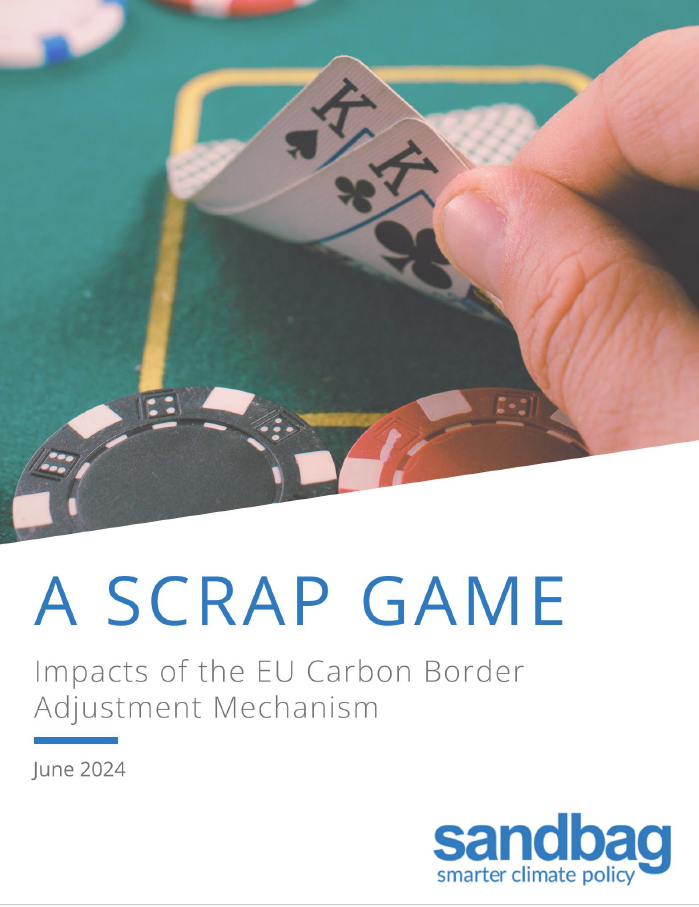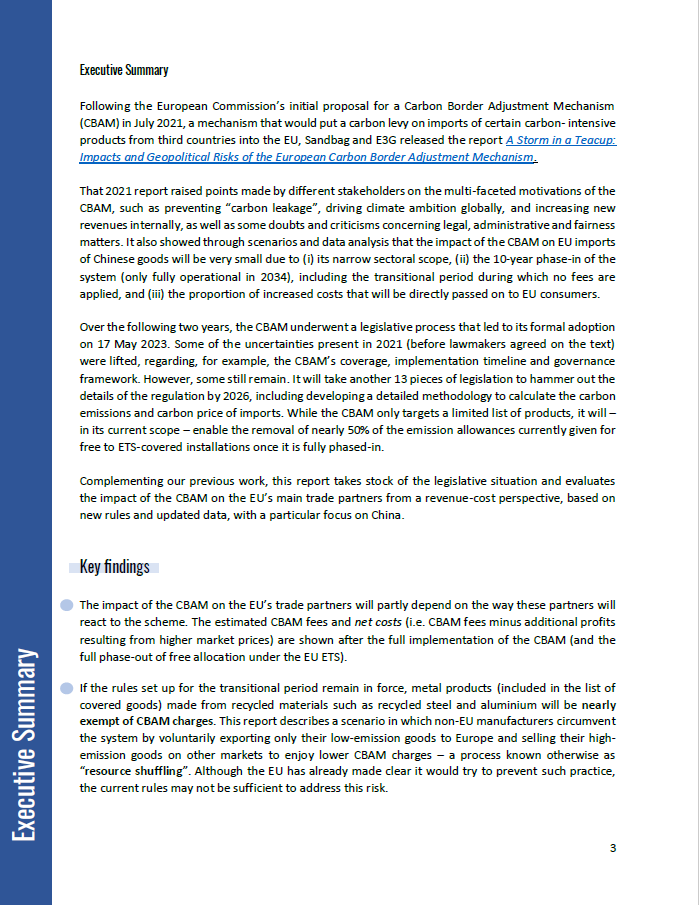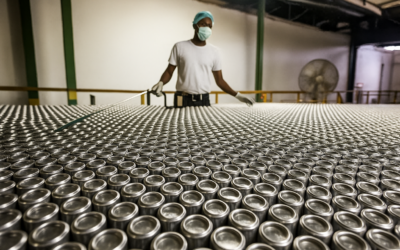Report - A Scrap Game: Impacts of the EU Carbon Border Adjustment Mechanism
The Carbon Border Adjustment Mechanism (CBAM) was formally adopted on 17 May 2023, two years after the initial proposal by the European Commission. We are now in the midst of the CBAM transitional period and negotiations are continuing for its full entry into force in January 2026.
Our new report A Scrap Game: Impacts of the EU Carbon Border Adjustment Mechanism brings together the latest information on legislative progress and provides an update to our previous report. Our analysis focuses on the CBAM’s impacts for the EU’s main trade partners, in particular China.
Here are the key results of our analysis:
- The impacts of the CBAM for EU trade partners will be much less negative than often assumed:
- The CBAM fees applicable to Chinese goods, for instance, may represent just 0.12% of the total value of goods imported into the EU from China.
- In addition, importers will benefit from higher selling price in the EU, thanks to the phasing out of free allocation under the EU ETS.
- When this is factored in, some imports of CBAM goods (steel, aluminium, etc.) may become more profitable.
- Conversely, EU industries using CBAM goods (automotive, wind turbines…) will bear higher costs
- Imports of products down the value chain will become more competitive
- EU exports will become less competitive
- The impact on trade partners depends on their reaction to the CBAM:
- In a “business-as-usual” scenario, where they only pay the fee without changing processes, the net cost is €245 million for Chinese importers (0.05% of total Chinese imports).
- In a “resource-shuffling” scenario, with only marginal changes to production processes, importers of Chinese goods make a net profit.
Main takeaways
- The climate benefit is immense: thanks to the CBAM, 43% of free allowances can be removed from the EU ETS which will at last incentivise emission reductions in highly polluting sectors.
- It could have been higher, as many exemptions were granted up the value chains (“precursors”).
- But the EU is taking a risk, as trade partners may use loopholes to outcompete its industry.
- Those loopholes can be closed at a later stage, so those strategies might not pay off in the long run.
This new report builds upon the analysis we conducted in 2021 together with climate think tank Third Generation Environmentalism (E3G) in a report titled A Storm in a Teacup: Impacts and Geopolitical Risks of the European Carbon Border Adjustment Mechanism.
In the news
- Africa Confidential: A disputed levy
- Agence Europe: CBAM could affect European producers more than importers, according to a report by Sandbag
- Bloomberg: EU’s Carbon Border Levy Risks Backfiring on Industry, Study Says
- Carbon Pulse: EU’s CBAM may hurt bloc’s manufacturers more than int’l ones -NGO
- ENDS Europe: EU producers must ‘squeeze’ margins to remain competitive under CBAM, report warns
- EUObserver: EU carbon border tax will have ‘very small impact’ on China, new report finds
- Montel News: CO2 border tax may have minimal impact – study
Photo by Michał Parzuchowski on Unsplash
Read More:
The CBAM dividend for Namibia and Ghana
This research note shows that Namibia and Ghana are likely to benefit from the CBAM, as EU price increases linked to the EU ETS outweigh CBAM fees under current exports. It also sets out transparent transformation scenarios, based on announced industrial projects, to show how expanded and lower-emissions production could further increase export revenues over time.
Chemicals in the CBAM: Time to step up
Sandbag’s latest brief explains why the EU CBAM must be expanded to cover key chemical value chains. With chemicals and refinery products responsible for 30% of industry emissions, phased inclusion is critical to prevent carbon leakage and phase out free allowances.
The EU CBAM: a two-way street between the EU and Africa
Sandbag’s newly released CBAM Simulator allowed us to explore how the EU’s Carbon Border Adjustment Mechanism (CBAM) could impact African exporters — and how cleaner production and carbon pricing could turn a cost into a competitive edge.





